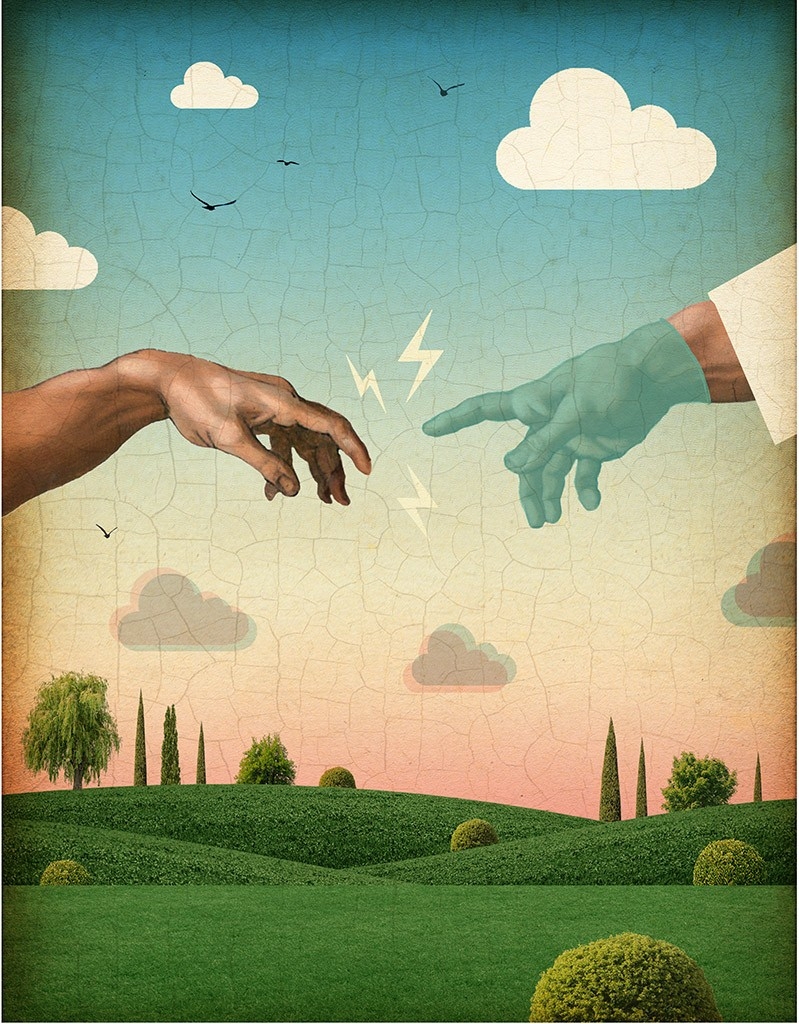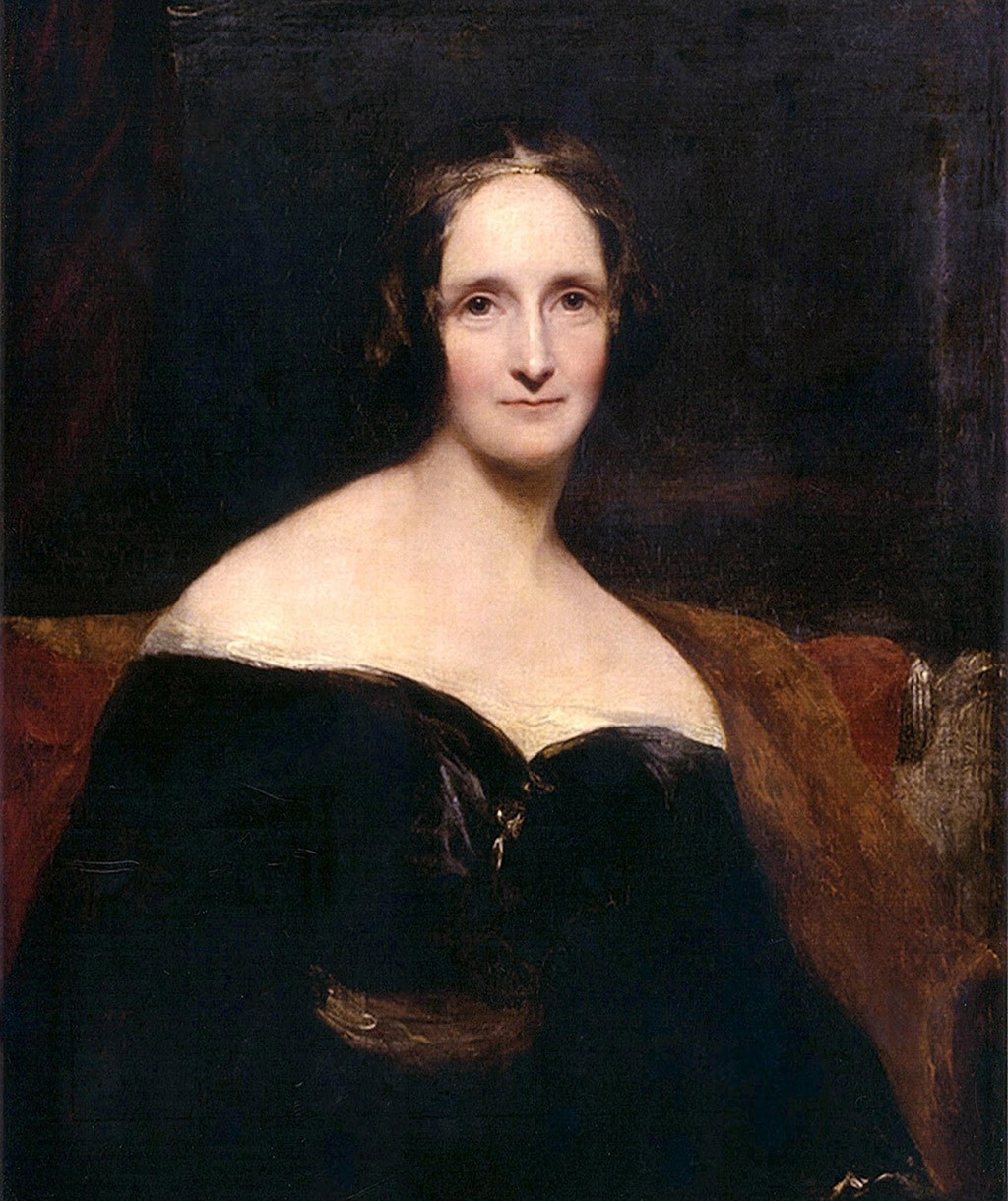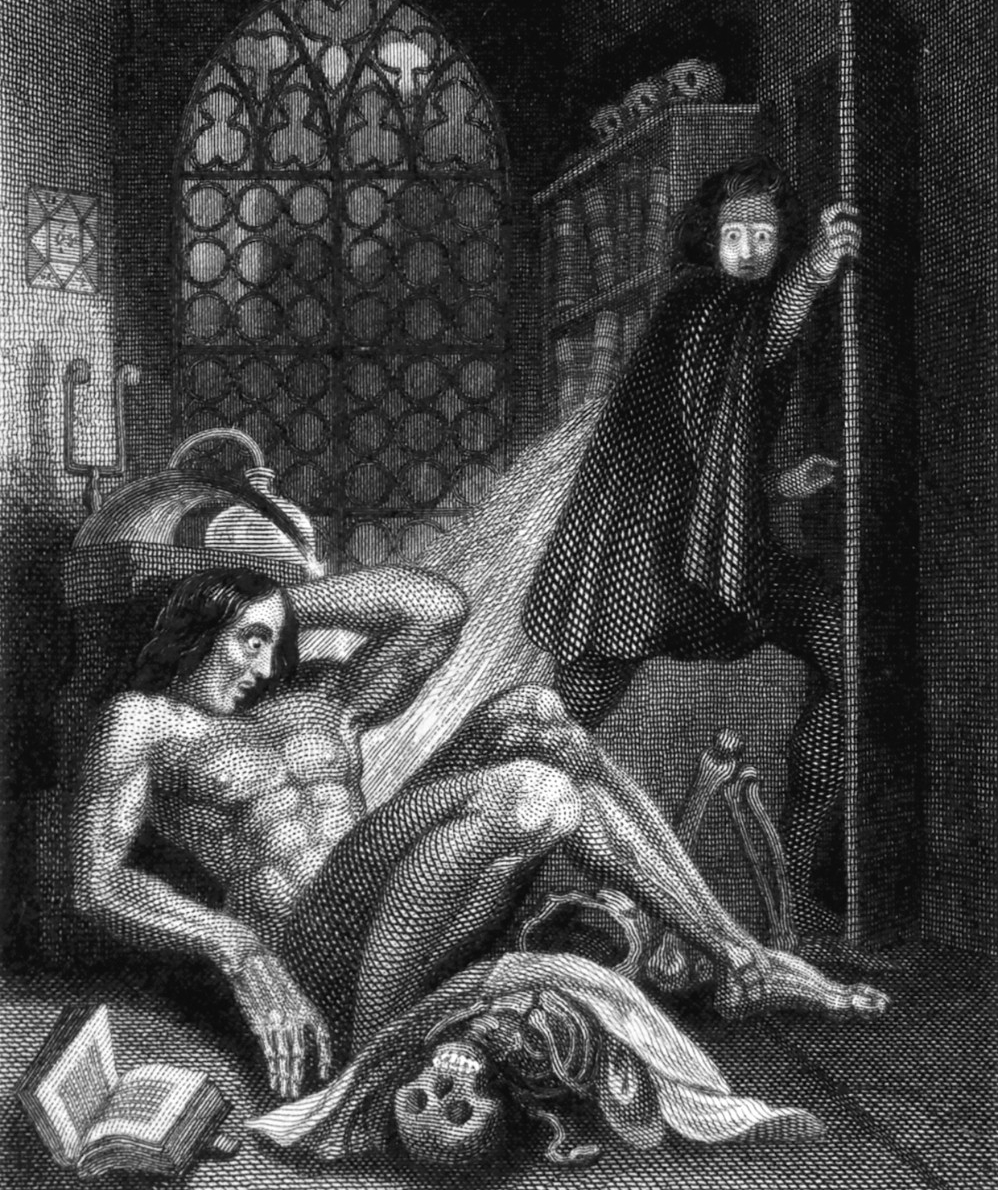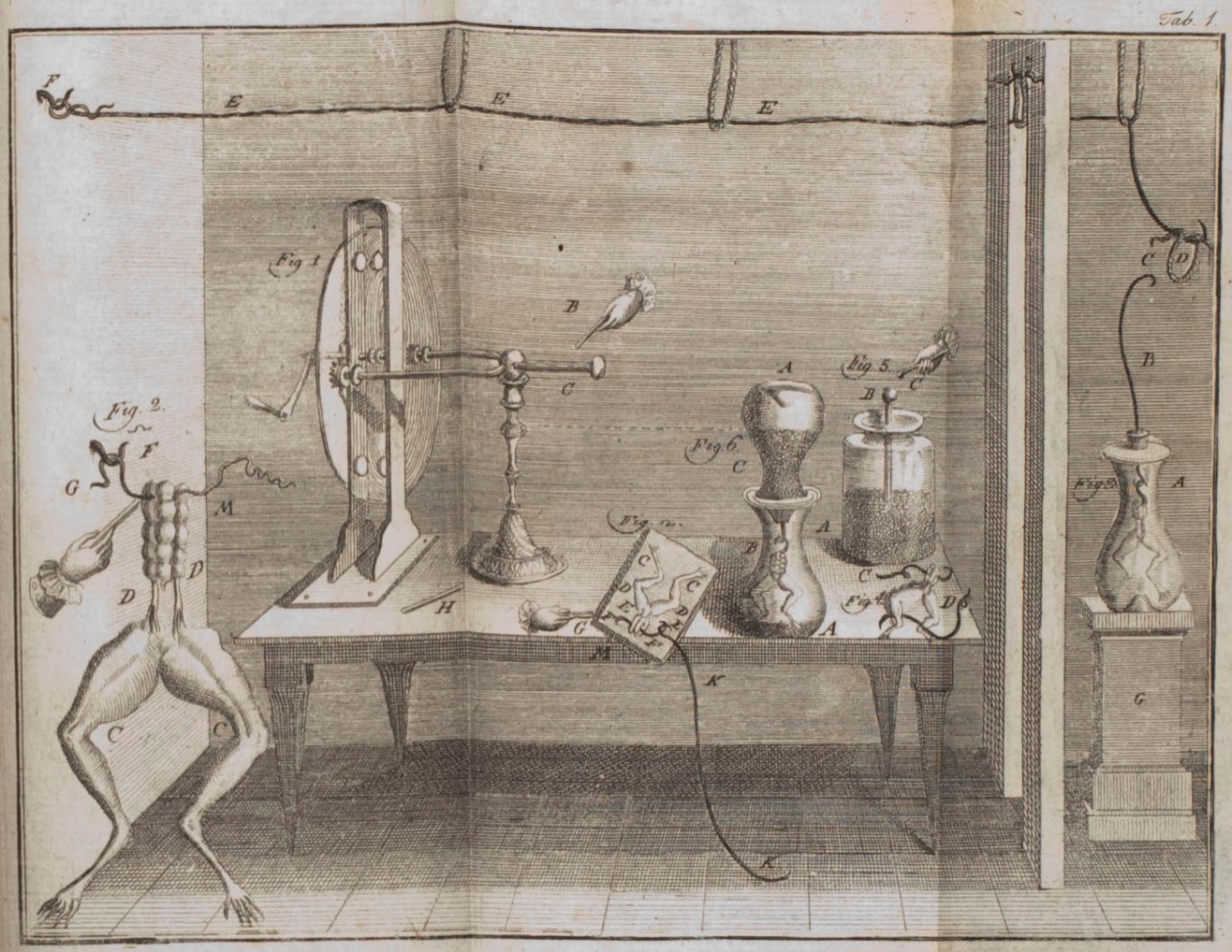Why Frankenstein matters
Frontiers in science, technology and medicine

“Clear!” At some point during medical education and practice, every physician has heard or given this command. One person — such as a closely supervised medical student — pushes a button to deliver an electric shock and the patient’s body jerks. The code team, in complex choreography, works to restore both the patient’s cardiac rhythm and a pulse strong enough to perfuse vital organs.
After a successful defibrillation effort, team members do not have time to dwell on the line crossed from death to life. It is even difficult to focus on the ultimate goal: to enable the patient to leave the hospital intact, perhaps to grasp a grandchild’s — or grandparent’s — hand while crossing the street to the park.
Despite these dramatic hospital scenes, many scientists, doctors and patients balk at any mention of the words Frankenstein and medicine in the same breath. Because, unlike the Victor Frankenstein of Mary Shelley’s novel, the reanimators at a hospital code have not toiled alone in a garret; assembled body parts from slaughterhouses, dissecting rooms and charnel houses; or created an entirely new being. Nonetheless, in this bicentennial commemorative year of the book’s publication, it is not only germane, but important to consider the impact of this story, including our reactions to it, on the state of scientific research today.
Shelley’s Frankenstein has captured the imaginations of generations, even for those who have never read the tale written by a brilliant 18-year-old woman while on holiday with Lord Byron, Percy Bysshe Shelley and Dr. John Polidori amid extensive storms induced by volcanic ash during the so-called year without a summer. Mary Shelley (her name was Mary Wollstonecraft Godwin at the time) was intrigued by stories of science such as galvanism, which she would have heard through her father’s scientist (then called natural philosopher) friends.
With Frankenstein, Shelley wrote the first novel to forefront science as a means to create life, and as such, she wrote the first major work in the science fiction genre. Frankenstein, a flawed, obsessed student, feverishly reads extensive tomes and refines his experiments. After he succeeds in his labors, Frankenstein rejects his creation: He is revulsed by the sight of the “monster,” whom he describes as hideous. This rejection of the monster leads to a cascade of calamities. The subtitle of the book, The Modern Prometheus, primes the reader for the theme of the dire consequences of “playing God.”


A framework for examining morality and ethics
Frankenstein is not only the first creation story to use scientific experimentation as its method, but it also presents a framework for narratively examining the morality and ethics of the experiment and experimenter. While artistic derivations, such as films and performances, and literary references have germinated from the book for the past 200 years, the current explosion of references to Frankenstein in relation to ethics, science and technology deserves scrutiny.
Science is, by its very nature, an exploration of new frontiers, a means to discover and test new ideas, and an impetus for paradigm shifts. Science is equated with progress and with advances in knowledge and understanding of our world and ourselves. Although a basic tenet of science is to question, there is an underlying belief, embedded in words like “advances” and “progress,” that science will better our lives.
Safeguards, protocols and institution approvals by committees educated in the horrible and numerous examples of unethical experiments done in the name of science are used to prevent a lone wolf like Victor Frankenstein from undertaking his garret experiments. Indeed, it is amusing to think of a mock Institutional Review Board approval process for a proposal he might put forward.
But these protections can go only so far. It is impossible to predict all of the consequences of our current and future scientific and technologic advances. We do not even need to speculate on the potential repercussions of, for example, the creation of a laboratory-designed self-replicating species, as we can look to unintended consequences of therapies such as the drug thalidomide, and controversies over certain gene therapies. This tension, this acknowledgment that unintended consequences occur, is unsettling.

Science and technology have led to impressive improvements in health and health care. People I love are alive today because of cancer treatments unknown decades ago. We are incredibly grateful to the medical scientists who envisioned these drugs and who did the experiments to prove their effectiveness.
As an anesthesiologist, I care for patients at vulnerable times in their lives; I use science and technology to render them unconscious — and to enable them to emerge from an anesthetized state.
But, as the frontiers are pushed further and further, the unintended consequences of how science and technology are used could affect who we are as humans, the viability of our planet and how society evolves. In terms of health, medicine and bioengineering, Frankenstein resonates far beyond defibrillation. These resonances include genetic engineering, tissue engineering, transplantation, transfusion, artificial intelligence, robotics, bioelectronics, virtual reality, cryonics, synthetic biology and neural networks. These fields are fascinating, worthy areas of exploration.
‘Frankenstein’ is not only the first creation story to use scientific experimentation as its method, but it also presents a framework for narratively examining the morality and ethics of the experiment and experimenter.
We, as physicians, health care providers, scientists and people who deeply value what life and health mean, cannot shy away from discussions of the potential implications of science, technology and the social contexts which give new capabilities and interventions even greater complexity. Not much is clear, but that makes the discussion more imperative.
Even the call “Clear!” and the ritual removal of physical contact with a patient just about to receive a shock is not so “clear,” as researchers scrutinize whether interruptions to chest compressions are necessary for occupational safety — that is, it may be deemed safe in the future for shocks and manual compressions to occur simultaneously.
We need to discuss the big questions surrounding what is human, and the implications of those questions. What do we think about the possibility of sentient nonhumans, enhanced beyond our limits, more sapient than Homo sapiens? Who or what will our great-grandchildren be competing against to gain entrance to medical school?
Studying and discussing works of art and imagination such as Frankenstein, and exchanging ideas and perspectives with those whose expertise lies outside the clinic and laboratory, such as artists, humanists and social scientists, can contribute not just to an awareness of our histories and cultures, but also can help us probe, examine and discover our understanding of what it means to be human. That much is clear.

